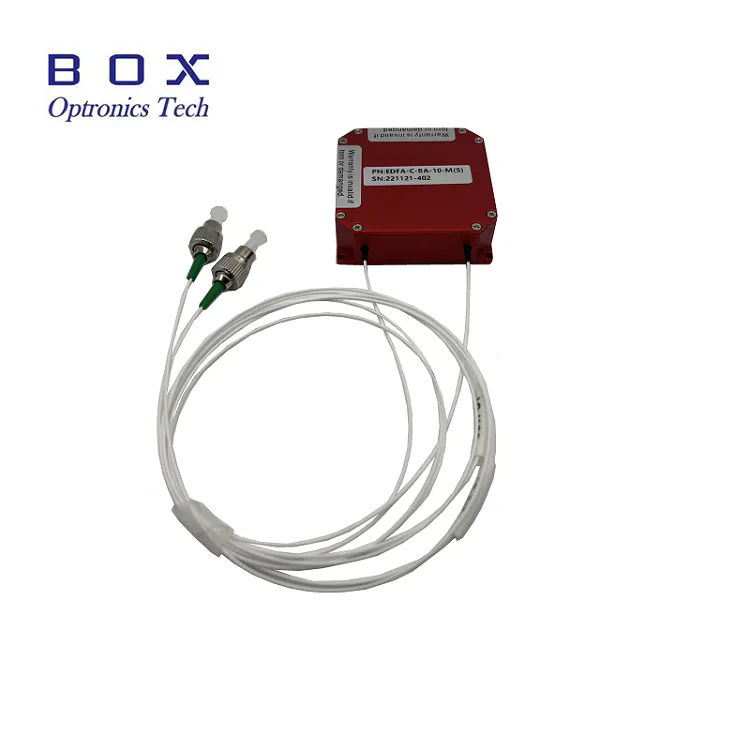Why Are Fiber Optic Modules Essential for Modern Connectivity?
2024-12-11
In an era where fast and reliable communication is a cornerstone of daily life, fiber optic modules play a vital role in powering networks. These compact, high-performance devices are the backbone of modern data transmission, enabling everything from seamless internet browsing to large-scale enterprise operations. But what exactly are fiber optic modules, and why are they so critical in today's world?
1. What Are Fiber Optic Modules?
Fiber optic modules are transceivers designed to convert electrical signals into optical signals and vice versa. They enable data to travel over fiber optic cables at incredibly high speeds, making them integral to telecommunications, data centers, and enterprise networks.
2. How Do They Work?
A fiber optic module contains a transmitter to send optical signals and a receiver to decode incoming signals. These signals travel through optical fibers as pulses of light, ensuring faster and more reliable communication compared to traditional copper cables.
3. What Types of Fiber Optic Modules Are Available?
Fiber optic modules come in various form factors and specifications to suit different applications:
- SFP (Small Form-Factor Pluggable): Compact and versatile, widely used in data centers.
- QSFP (Quad Small Form-Factor Pluggable): Designed for high-speed data transmission, commonly used in 40G and 100G networks.
- XFP (10 Gigabit Small Form Factor): Ideal for 10G Ethernet and telecommunications.
- CFP (C Form-Factor Pluggable): Used for ultra-high-speed applications like 100G Ethernet.
4. Why Are They Critical for High-Speed Networks?
Fiber optic modules support the high bandwidth demands of modern applications, from video streaming to cloud computing. Their ability to transmit large amounts of data over long distances with minimal loss makes them indispensable for scaling network infrastructure.
5. Where Are Fiber Optic Modules Used?
These modules are used in a variety of settings:
- Data centers: To connect servers, switches, and storage devices.
- Telecommunications: For long-distance communication and internet backbone networks.
- Enterprise networks: To support fast and secure communication within organizations.
- Smart cities: Powering IoT applications and connected infrastructure.
6. How Do They Enhance Network Reliability?
Fiber optic modules ensure low latency and minimal interference, providing a stable and secure network connection. This reliability is especially crucial for industries like finance, healthcare, and education, where downtime can have significant consequences.
7. Are They Energy Efficient?
Compared to traditional copper-based technologies, fiber optic modules consume less power while delivering superior performance. This energy efficiency helps reduce operational costs and aligns with sustainability goals.
8. What Role Do They Play in Future Technologies?
Fiber optic modules are paving the way for advancements like 5G, artificial intelligence, and virtual reality. Their ability to handle massive data transfers at lightning speeds is essential for supporting the next generation of technological innovation.
9. How to Choose the Right Fiber Optic Module?
Selecting the right module depends on factors like network speed requirements, distance, and compatibility with existing equipment. Investing in high-quality modules ensures optimal performance and future-proofing for evolving network needs.
Fiber optic modules are more than just technical components—they are enablers of the high-speed, interconnected world we live in. Their role in shaping modern communication infrastructure underscores their importance in every facet of our digital lives.



